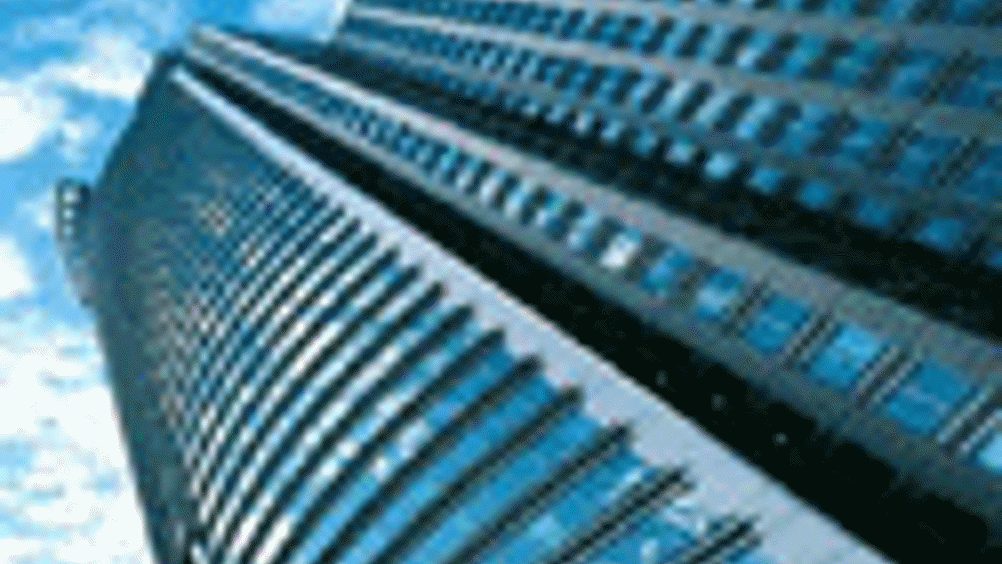Strength from the sea
A Lucent Technologies Bell Labs researcher suggests that a tropical deep-sea sponge can teach engineers and architects a lot about building remarkably strong structures from extremely fragile materials.

In a paper published in
, a
researcher suggests that a tropical deep-sea sponge can teach engineers and architects a lot about building remarkably strong structures from extremely fragile materials.
"Nature has found a way to perfect inherently fragile materials by employing standard engineering principles from the nano to the macro scale," said Bell Labs materials scientist Joanna Aizenberg, the lead researcher on the team. "This creature's skeleton is a textbook lesson in mechanical engineering, offering valuable knowledge that could lead to new concepts in materials science and engineering design."
Aizenberg's team studied Euplectella, commonly called a Venus's Flower Basket, a cylindrical sponge made of a natural glass called biosilica that generally grows to about six inches in length. It lives in the depths of
Tufts of glass fibres about the thickness of a human hair grow at the base of the sponge. In August 2003, Aizenberg led a research team in studying the optical properties of those fibres, discovering that the sponge uses multiple layers of glass held together by an organic glue to cover this natural "optical fibre," making it extremely resistant to cracking and breaking. This discovery led to unique insights in the production of commercial fibre optic strands.
Register now to continue reading
Thanks for visiting The Engineer. You’ve now reached your monthly limit of premium content. Register for free to unlock unlimited access to all of our premium content, as well as the latest technology news, industry opinion and special reports.
Benefits of registering
-
In-depth insights and coverage of key emerging trends
-
Unrestricted access to special reports throughout the year
-
Daily technology news delivered straight to your inbox










Breaking the 15MW Barrier with Next-Gen Wind Turbines
Hi Martin, I don´t have any detailed parameters for the 15MW design other than my reading of the comment in the report ´aerodynamic loads at blade-tip...